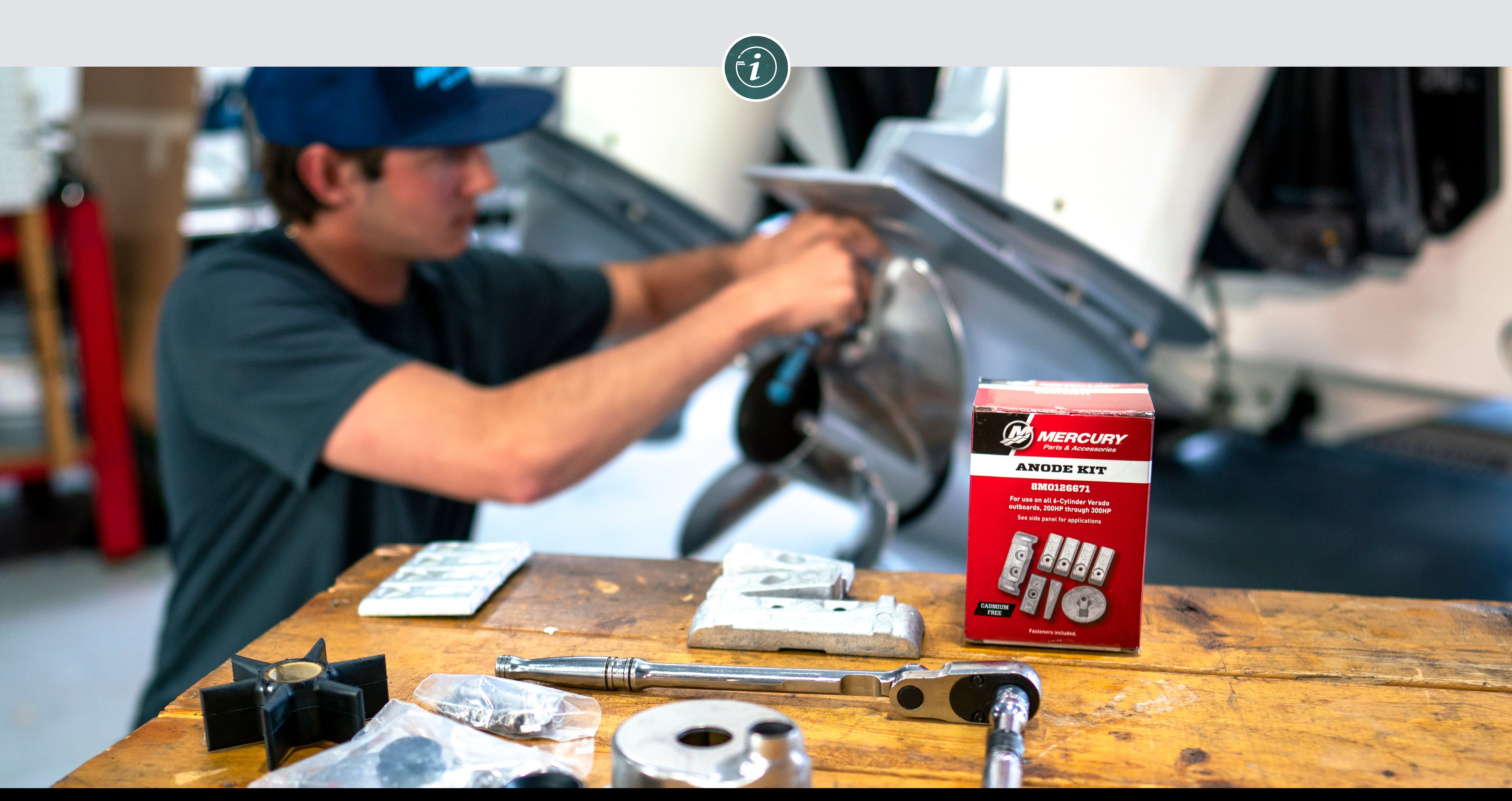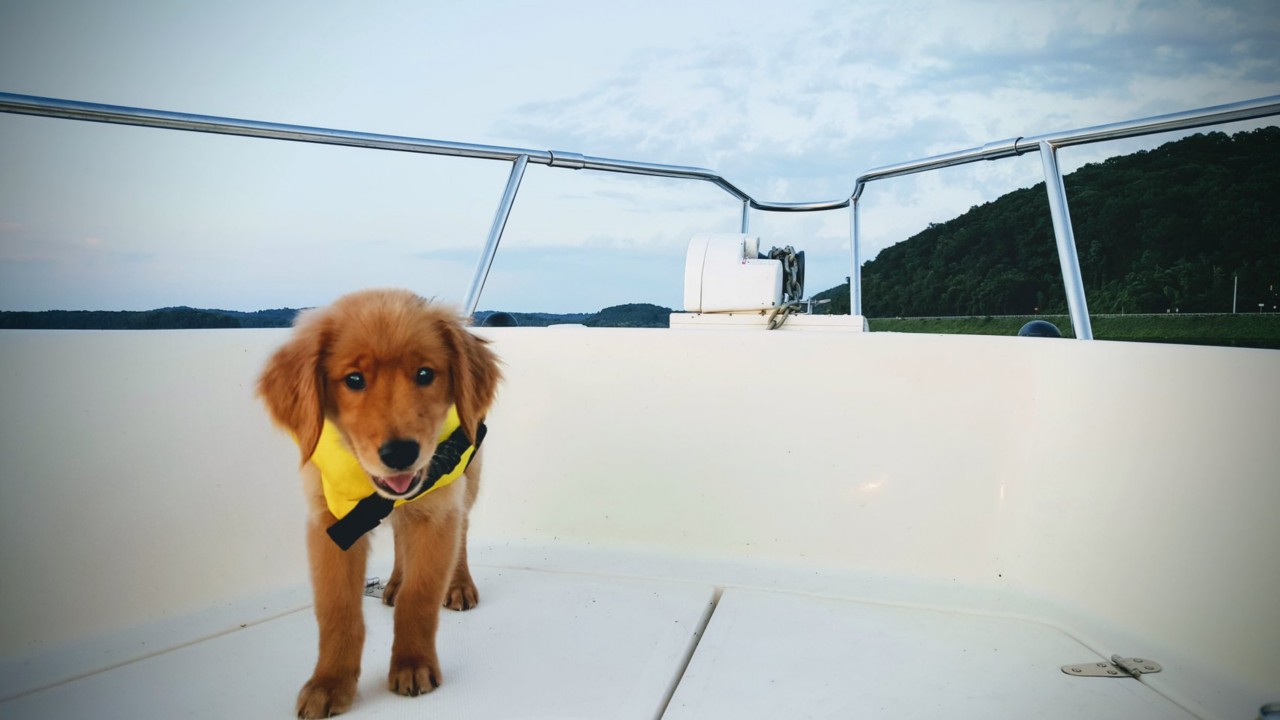No matter how or why you boat – fishing, family fun, exploring or just relaxation – the love of the water is the central thread that ties us all together. But make no mistake – water demands our respect and mindfulness if we are to use and enjoy it safely.
In keeping with the belief that enjoying the water can be simultaneously spirted and safe, Mercury Marine is proud to offer a series of Dockline blog posts relating to life jacket safety for infants, children, adults, pets and watersports participants – anyone who might get on a boat or otherwise be near the water. The purpose of this series is not to alarm you, but rather to help you prepare and protect yourself and your loved ones so all can safely enjoy life on the water for years and generations to come.
Once a dog gets a taste of the boating life, it’s typically pure canine nirvana. From then on, Fido will go nuts the moment you start packing the cooler and beach towels, and he’ll quickly become an indispensable part of any day on the water.
But just like other passengers, your dog needs an appropriate life jacket if he/she is going to be on a boat or around the water. Many believe that water-centric breeds, such as retrievers or Newfoundlands, don’t need a personal flotation device (PFD), but that is simply not true: all dogs need a life jacket when boating, just as all humans do. Even dogs that are strong swimmers can swim only in short bursts and can tire quickly. Dogs also can be impulsive, which can lead to them jumping overboard at inopportune times, so they need proper full-time protection – just in case.
Since dogs come in all shapes and sizes, life jackets for dogs come in a variety of sizes and styles. According to the American Kennel Club, the key features of a good canine life jacket include a durable grab handle you can use to lift them from the water into the boat, a D-ring for leash attachment, bright colors for maximum visibility, and adjustable straps with quick-release buckles for a custom fit and easy on/off. As for fit, you’ll want to make sure your dog is within the PFD’s recommended weight range and that the body of the jacket covers enough of the dog’s torso without restricting its ability to relieve itself. The neck of the life jacket should be adjusted so you can easily slip two fingers between the throat strap and the dog’s neck. Your veterinarian, pet stores and marine stores are all good sources of information and recommendations regarding your particular breed.
Other items to consider when you bring a dog aboard include extra towels and perhaps a blanket, particularly if it’s prone to getting cold. Finally, don’t forget a small supply of dog food, a few treats, and bowls for food and water.




